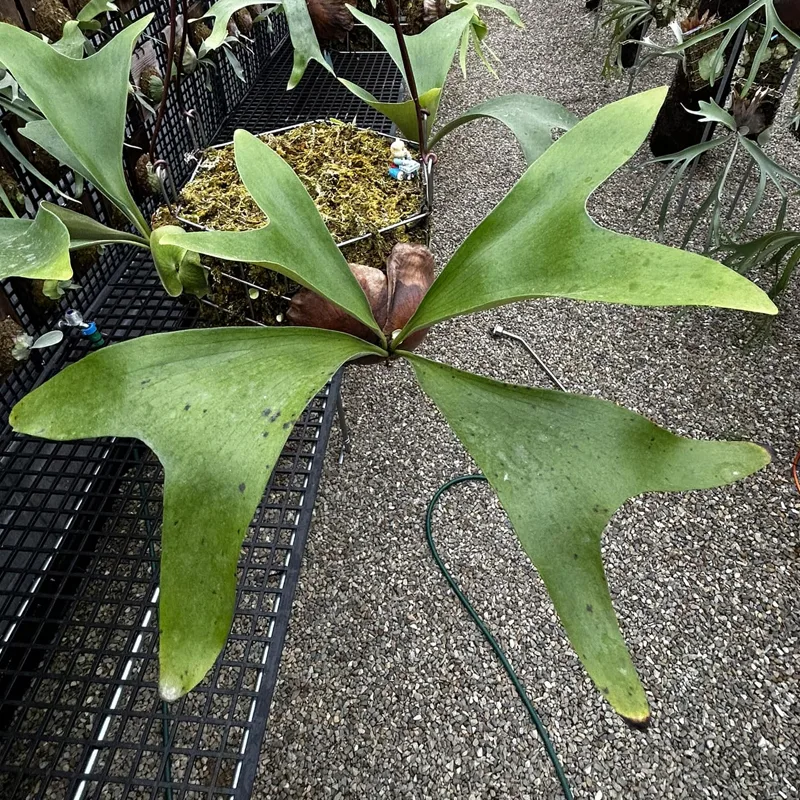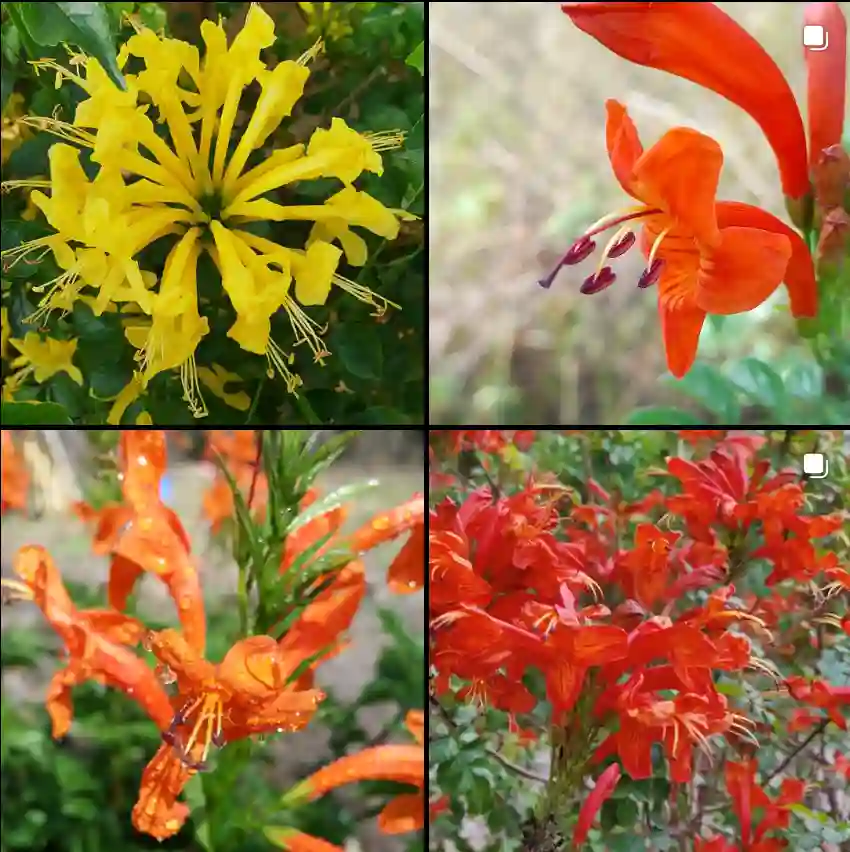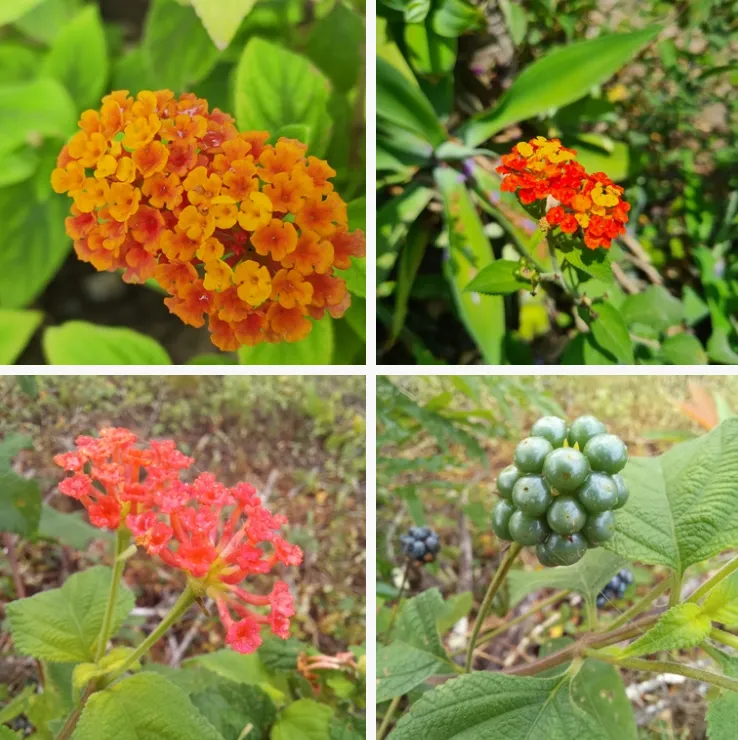FAQs of Hepatica Nobilis
As a plant enthusiast, I’ve often found myself intrigued by Hepatica Nobilis, a charming perennial that adds a touch of elegance to any garden. Whether you’re a seasoned gardener or a curious newbie, you might have some pressing questions about this lovely plant. Let’s dive into the most frequently asked questions about Hepatica Nobilis.
9 Species in Genus Hepatica
What is Hepatica Nobilis?
Hepatica Nobilis, commonly known as the Liverwort or Liverleaf, is a low-growing, shade-loving perennial native to woodlands and forests. Its delicate, star-shaped flowers typically bloom in early spring, often before the leaves appear. The foliage is evergreen, with three-lobed, leathery leaves that add texture to the garden even when the plant isn’t in bloom.
How to Plant Hepatica Nobilis?
Planting Hepatica Nobilis requires some specific conditions to ensure it thrives. Here’s a step-by-step guide:
- Choose the Right Location: Hepatica Nobilis prefers shaded or partially shaded areas. It thrives under the canopy of trees or in a woodland garden setting where it can receive dappled sunlight.
- Prepare the Soil: This plant favors well-drained, slightly acidic to neutral soil. Amend the soil with organic matter such as compost or leaf mold to enhance drainage and nutrient content.
- Planting: Space the plants about 6 to 12 inches apart to allow for their spread. Dig a hole that is about twice as wide as the root ball and place the plant so that the top of the root ball is level with the soil surface. Backfill the hole with soil and water thoroughly.
- Watering: Keep the soil consistently moist but not waterlogged. Hepatica Nobilis does not tolerate dry conditions well.
- Mulching: Apply a layer of mulch around the plant to retain soil moisture and suppress weeds.
How to Care for Hepatica Nobilis?
Caring for Hepatica Nobilis is relatively straightforward, but it does have some specific needs:
- Watering: Regularly water the plant to keep the soil moist. However, avoid overwatering, as this can lead to root rot.
- Fertilizing: Feed the plant with a balanced, slow-release fertilizer in early spring as new growth begins. Avoid over-fertilizing, which can harm the plant.
- Pruning: Hepatica Nobilis doesn’t require much pruning. Remove any dead or damaged leaves to maintain its appearance.
- Pest and Disease Control: Hepatica Nobilis is relatively pest-free but watch out for aphids or mildew. Ensure good air circulation and avoid overhead watering to minimize fungal issues.
How to Propagate Hepatica Nobilis?
Propagating Hepatica Nobilis can be done through division or by seed:
- Division: In early spring or late summer, carefully divide established clumps of Hepatica Nobilis. Each division should have at least one growing point. Replant the divisions immediately and water them well.
- Seed: Hepatica Nobilis can also be grown from seeds. Sow seeds in a cold frame or greenhouse in early spring. Germination can be slow and may take several months, so be patient.
Is Hepatica Nobilis the Same as Hepatica Triloba?
Hepatica Nobilis and Hepatica Triloba are often confused, but they are distinct species. Hepatica Nobilis is known for its rounded leaves and generally larger flowers, whereas Hepatica Triloba, also known as the Three-Lobed Hepatica, has three distinct leaf lobes and smaller flowers. Both are beautiful, but they differ in their leaf shape and flower size.
Where to Buy Hepatica Nobilis?
Finding Hepatica Nobilis can be a bit of a treasure hunt, but there are several places you can look:
- Local Nurseries: Check with specialty nurseries that focus on native plants or woodland species. They may carry Hepatica Nobilis or be able to order it for you.
- Online Retailers: Many online plant retailers offer Hepatica Nobilis. Websites like Etsy or specialized plant shops often have a selection.
- Plant Shows and Garden Centers: Attending plant shows or visiting large garden centers can also be a good way to find this plant.
What to Plant With Hepatica Nobilis?
Hepatica Nobilis pairs beautifully with other shade-loving plants. Consider companion plants such as:
- Trilliums: Their early spring blooms complement Hepatica Nobilis well.
- Hostas: The large foliage of Hostas contrasts nicely with the delicate leaves of Hepatica.
- Ferns: Ferns add a lush, green backdrop that enhances Hepatica’s appearance.
Can You Grow Hepatica Nobilis Indoors?
Hepatica Nobilis is generally suited for outdoor gardens and prefers natural conditions of light and soil. While it can be grown indoors, it requires a very cool, bright spot with high humidity, mimicking its natural woodland environment.
Is Hepatica Nobilis Toxic?
No, Hepatica Nobilis is not known to be toxic to humans or pets. However, as with any plant, it’s a good idea to avoid ingestion and keep it out of reach of small children and animals.
Common Problems with Hepatica Nobilis
One common issue with Hepatica Nobilis is its susceptibility to fungal diseases like powdery mildew. Ensuring good air circulation and proper watering practices can help prevent these problems. Additionally, slugs and snails may occasionally be a nuisance, so check for these pests and treat accordingly.
Comparing Hepatica Nobilis with Other Plants
If you’re considering similar plants, Hepatica Nobilis can be compared to:
- Anemone: Both are early bloomers with similar woodland habitat preferences, but Anemone often has more vibrant colors.
- Erythronium: Known for its unique nodding flowers, Erythronium is another early spring bloomer that can complement Hepatica’s display.
Hepatica Nobilis is a delightful addition to any garden, offering early spring color and enduring foliage. By understanding how to plant, care for, and propagate this plant, you can enjoy its beauty and benefits for years to come.
If i die, water my plants!



